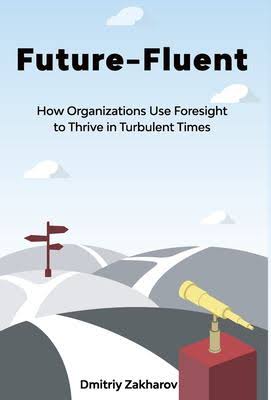“Unless someone like you cares a whole awful lot, things are not going to get better. They’re not.”–Dr. Seuss, The Lorax
“If god had not intended us to eat sugar, he wouldn’t have invented dentists.”–Ralph Nader
Note: In general, I have avoided the controversies of religion and politics in this blog, though there have been hints at my views on both. This post tiptoes dangerously towards the precipice of both, though it clearly points no finger at any specific political or religious viewpoint. I’m bound to get flamed, anyway.
For the fourth and final** installment of the Sackler Laws, I bring you Law #4: The Law of Political Activism. This is not to be mistaken for Law #1, The Law of Bumper Sticker Activism. On the other hand, maybe it should be. Both have to do with taking a good thing too far. It is simply stated:
First class activists remain forever activists. Second class activists run for office.
The greatest first class activists of all time, if you look at it carefully, rarely if ever ran for office. Think Gandhi, Martin Luther King and Susan B. Anthony. Yes, it’s true that great activists for freedom such as Nelson Mandela and Lech Walesa ultimately became president of the entities their activism wrought; but they were effectively drafted by popular acclaim that arose from the ultimate success of their leadership, they did not attempt to become politicians.
As a primary example of the type of second class activist I present to validate this law, I give you two words.
Ralph Nader.
Here is a guy who pissed off half the country–mostly the corporate world and the Republican right–with decades of pain-in-their-asses activism and left-wing proselytizing. Then he ran for president on a 3rd party line and pissed off most of the other half of the country. His siphoning of votes from the left in 2000 almost certainly enabled the election of the candidate most diametrically opposed to his beliefs. Not satisfied with having made the world, as he saw it, worse, he ran again in 2004 just to thumb his nose at those that might have otherwise been his ally.
That’s about all there is to that. The only one thankful to him, other than a few diehard loyalists, is me, if only because he gave me the best real world validation I’ve ever had for this aphorism.
But the question then arises. If we know what a second class activist looks like, what does a third class activist look like. That one’s even easier.
And you were wondering how I would manage to piss off the religious nuts as well? If you want inspiration for political activism, the Dr. Seuss quote above is a good place to start. If you want religious inspiration–you’ve come to the wrong place.
**Nothing is final except death and…well, except death. This will only be the final installment of the Sackler laws if I die before thinking up another one.

















